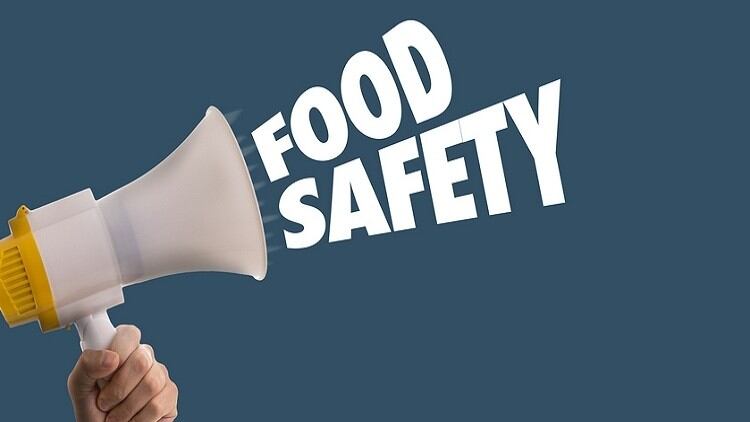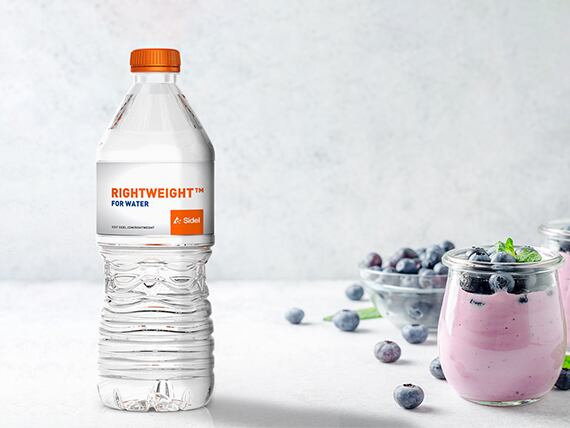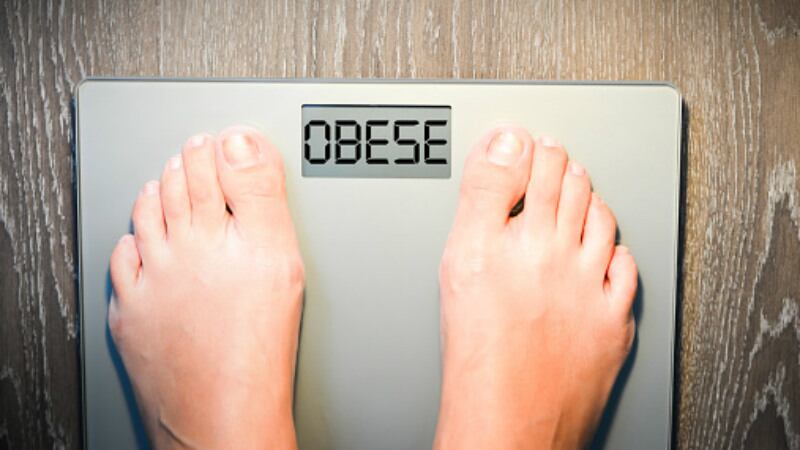‘Strictest supervision and penalties’: China introduces strengthened food safety laws
China’s revised regulations of the Food Safety Law regulation has been enforced as of December 1, 2019, with a focus on priorities such as enhancing its law enforcement and emphasising the protection of consumers.
The new regulations will tighten the penalty system.
For instance, legal persons, persons in charge, managers, or individuals who were directly responsible will be fined if the entity they worked for was found to intentionally commit a food safety violation.
Xin Li, senior regulatory counsellor at Keller and Heckman LLP Shanghai office told FoodNavigator-Asia: “The person in charge and possibly others within the company, including the legal representative, may be fined for a company’s food safety violations or fraudulent food advertising.”
For intentional or very serious illegal acts, the fines could be up to 10 times the individual’s income of the previous year.
Genome-edited food products to go on sale in Japan, despite no labelling and safety provisions
Food products produced using genome editing technology could go on sale in Japan by the end of the year despite no specific labelling rules being in place.
The Consumer Affairs Agency (CAA) announced that foods made using the genome editing technology do not require safety inspections, unlike genetically modified foods which must go through toxicity and carcinogenicity tests.
Declaration of the technology used is also not required on the product label.
Japan is no stranger to genetically-modified foods, which already follows a set of labelling regulations and safety tests.
It can include foods made using recombinant DNA technology, which is the combination of genetic information from different species.
‘Myth’ busted? FSSAI claims local milk to be ‘largely safe’ despite widespread quality fears
The Food Safety and Standards Authority of India (FSSAI) recently released the results of its National Milk Safety and Quality Survey 2018, making numerous claims that these ‘demolish the perception of large scale milk adulteration in the country’ – but seemingly pay little attention to underlying safety and quality issues that still exist.
According to the official FSSAI statement on the report, a mere 12 of 6,432 total milk samples (both raw and processed) were ‘adulterated that render such milk unsafe for human consumption’ based on samples containing hydrogen peroxide, detergents, urea and neutralisers.
“The outcome of the survey is a myth buster. The survey results indicate clearly that milk being sold in India is largely safe for consumption,” said FSSAI.
“While there is concern, [these results] dispel wide-spread perception that liquid milk in the country is largely adulterated - Let the fears associated with consumption of milk vanish.”
However, these statements do not fully tally with other data released in the full National Milk Safety and Quality Survey 2018 report where it was further stated that of the 6,432 samples analysed, 2,607 were of processed milk and 3,825 of raw milk.
Origin protection: Alcohol and tea biggest beneficiaries of China-EU agreement to prevent GI-protected food counterfeits
China’s recent signing of a landmark agreement with the European Union (EU) committing to the protection of 100 EU and 100 Chinese products protected under the Geographical Indication (GI) system will see maximum benefits for EU alcohol and Chinese teas.
GIs are used to identify products as originating in a particular geographical location, where characteristics such as quality, reputation or unique ingredients are linked to this location.
The China-EU Geographical Indications Agreement signed between China and the EU is the first comprehensive bi-lateral one of its kind for the former, and has been hailed as being of ‘milestone significance’ for deepening economic and trade co-operation between the two powers.
“The China-EU Geographical Indications Agreement negotiations began in 2011 and lasted for eight years. There are 14 articles in the agreement, which set a high level of protection rules for geographical indications,” China Ministry of Commerce spokesperson Gao Feng said in a ministry press conference.
“[GI-protected] Chinese products include ‘Anji White Tea’, ‘Hainan Navel Orange and ‘Helanshan Dong Lu wine’, whereas EU products include ‘Parma ham’ and ‘Irish whiskey’.
Milking it? Indian regulator puts onus on industry for self-testing and monitoring
The Food Safety and Standards Authority of India (FSSAI) has just released its new Action Plan for Safe and Quality Milk and Milk Products, with the majority of actions targeted at self-testing or self-monitoring by dairy companies, farmers and consumers.
The plan comprised of 12 points of action, and was based on the previously-released National Milk Safety and Quality Survey 2018, the results of which have previously been disputed by various parties.
In a new statement on this latest action plan, FSSAI continued to claim that ‘only 7% [of] milk samples had contaminants or adulterants that rendered such milk unsafe’, and that the 12-point action plan would ‘ensure the safety and quality of milk and milk products in the country’.
“These actions are broadly in three areas, namely – Testing and continued surveillance, Preventive and corrective action for implementation and monitoring, and Consumer engagement,” said the agency.





